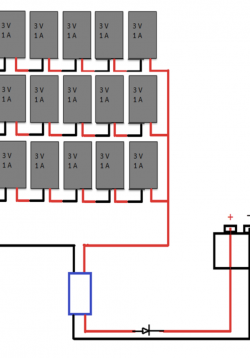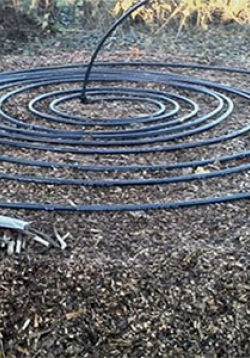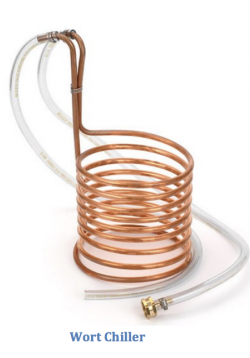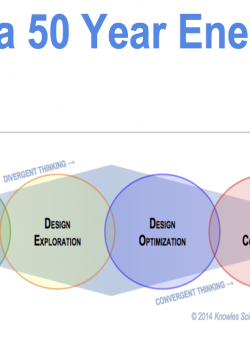Replacing Fossil Fuels?
As students begin to look at the role photovoltaics might play within the transportation energy sector, it is important for them to understand why the phasing-out of fossil fuels is such a daunting task. This lesson is designed to help students comprehend...




